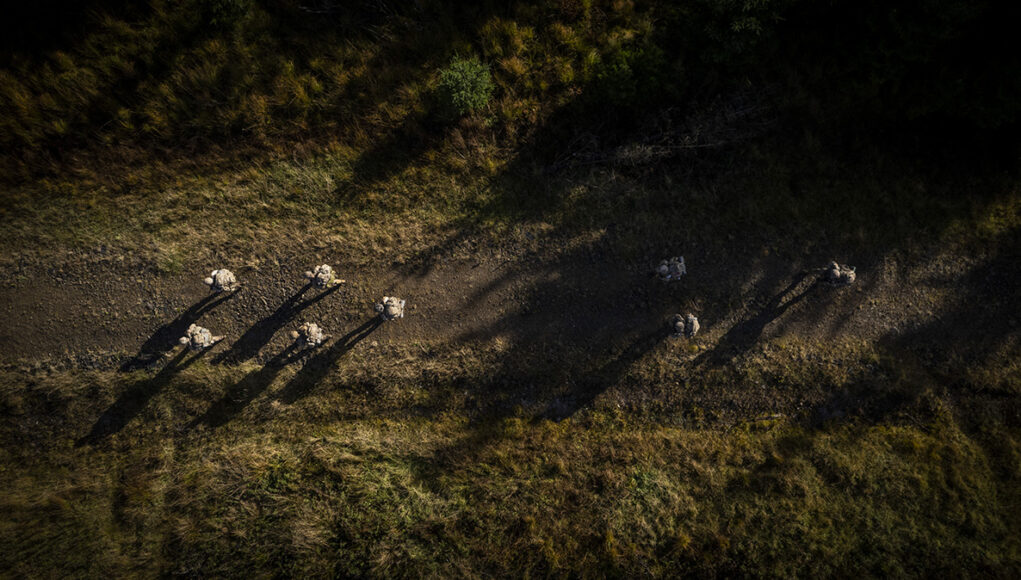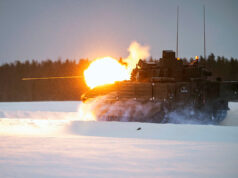This annual event, which has been held since 1959, sees nearly 20 Reserve and University Officer Training Corps teams preparing for their challenging 60km route.
This year’s event is especially notable as it marks the 64th year of its operation and a record number of 38 international teams joining the challenge.
“Every single year it’s different and freshened up, so you have to adapt,” Officer Cadet George Porter was quoted as saying from the press release. “This year the emphasis is a little bit more kinetic I think, with more conventional forces at play rather than insurgent enemies in the mix.”
This year’s Exercise spans over eight phases, from October 6 to 15, and is organized by the 160th (Welsh) Brigade in Brecon, the British Army’s headquarters in Wales. Renowned globally, the exercise is considered by many as NATO’s most challenging patrolling test.
The event has garnered a remarkable participation, with 111 teams, including 42 Regular, 15 Reserve, 16 University Officer Training Corps, and an unprecedented 38 international patrols from 32 nations. Some of these international participants had to earn their place by winning domestic competitions, showcasing the prestigious nature of the Exercise Cambrian Patrol.
George Porter shared his experiences, stating, “The organisers of this event always bring out interesting stands and you get exposed to training that you don’t get elsewhere in the Reserves and it’s always high quality.”
You can read more by clicking here.














Good luck to all the participants in this year’s competition. I did the Cambrian Patrol four times in a row in the early 1990s: there’s always a tough overnight march in and out of the target area, which sorts out those who have put in the miles carrying the gear, and who can navigate by night. As such, a long march like that for a recce patrol in relatively open terrain (farmland and moorland) is unrealistic. The Chindits would have done something like that in WWII under cover of the rain forest, but the physical fitness test is needed. The scenarios we had did involve either notional or inflatable Soviet AFVs: in those days we still had the Cold War hangover of conventional conflict. We had just fought the Gulf War, of course.
One certainly gets a real sense of achievement at the presentation afterwards, and the medal and certificate are really good things to show for it.
Hi James, the long range infil’ and recce, was still much used. I didn’t get the opportunity to do the Patrol. However, I did quite a few in Afhgan. Where we’d be dropped off by Chinny, then tab about 15km to the area of interest, normally at night. A lot of the target recce was done via a UAV, but UAV’s can’t build up a pattern of life, or spot a target who is hiding under sun screens. Which meant a couple of days or a week camping in the sticks on observation. On a couple of occasions the amount of kit we carried, under other circumstances would have been considered crazy. Such as a Bergen full of linked 7.62, or carrying a “borrowed” Karl Gustav plus a couple rounds of ammo. On top of radios, your normal rig, food and water, definitely slow and steady won the day.
Blimey! Cambrian Patrol is tough, but it can’t beat the real thing. Plus the Welsh sheep are probably friendlier than some of the Afghan wildlife… 🙄
Mate, the sheep around Sennybridge are proper tough buggers. Don’t underestimate them, or the havoc they cause when trying to get in your bivvy!
The OP and CTR on the Cambrian Patrol normally take up 12 hrs of the daytime in between the 30k or so march in and out via the checkpoints where military skills are tested, so not much time for bivvying or visits by over-friendly sheep. Those CPs I did were the only time I did any exercises on SENTA: mostly Catterick, STANTA and Otterburn (hard as nails Cheviot sheep) for me when I was based in the UK.
I’m glad I did all that before Global Warming really started kicking in: in those days you’d often get clear and frosty weather in October. There’s no chance of that now; either endless rain or a heatwave. 🤔
These days a local farmer has a collection of Soviet AFV’s that the Army borrows for op for realism.
Cool beans, and good luck to all the participants.
Would have been interesting to hear how well we Brits have done against the international teams over the years.
Would be interesting, but sadly there is so little consistency with which units, or even nations, take part that you couldn’t really draw any conclusions from the data.
Prepare to be chinstrapped. 🤣🤣🤣